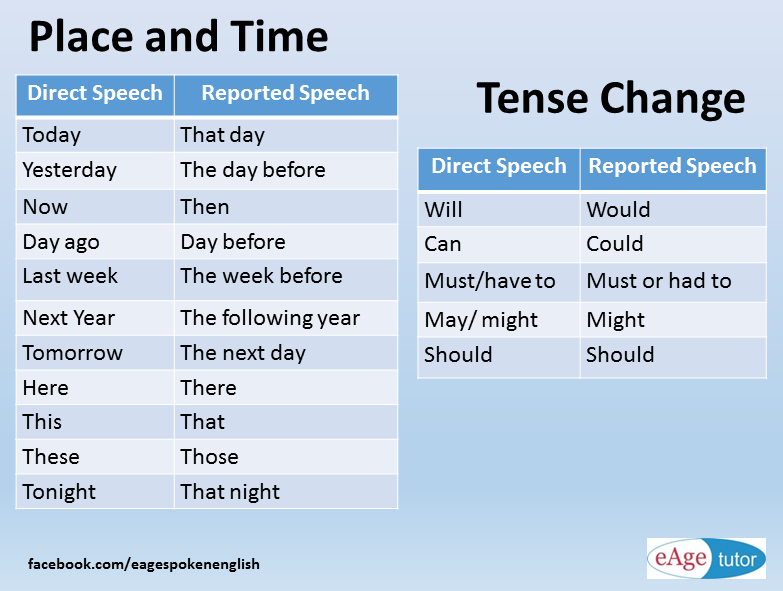| Tire Forge
When you buy tires, it’s not unusual to come across a pair that’s more or less over a year old.
But how old should new tires be when you buy them for your vehicle? And when should you decide that these tires are too old and you should consider an alternative?
As per the President of Safety Research & Strategies Inc., tires over six years old caused 233 fatal accidents in 2012.
So in today’s article, we’ll address all these questions and more concerns about choosing to buy old tires.
Page Contents
Now there’s an obvious alarm that old tires will lack in quality and functionality. That’s because the older a tire gets, the more its rubber deteriorates.
And this breakdown occurs even if the tire isn’t being used!
That’s because various factors cause a tire to decompose, mainly exposed to oxygen, light, and heat. So even if tire shops store their brand new tires in a temperature-controlled and dark area, it won’t stop the deterioration process since there’s still oxygen in the atmosphere!
But the main question is: how does this breakdown affect tire quality?
As the tire’s rubber compound breaks down, the tread starts to wear off, which significantly increases the driver’s chances of losing control of the vehicle and the tire blowing out.
Also, cracks begin to appear in the tire’s rubber, both on the surface and within the tire. These cracks ultimately cause the steel belts within the tread to detach from the rest of the tire. And as mentioned, exposure to heat accelerates this process.
How Old is Too Old for A New Tire?As mentioned earlier, tires older than at least six years potentially increase the risk of a fatal accident.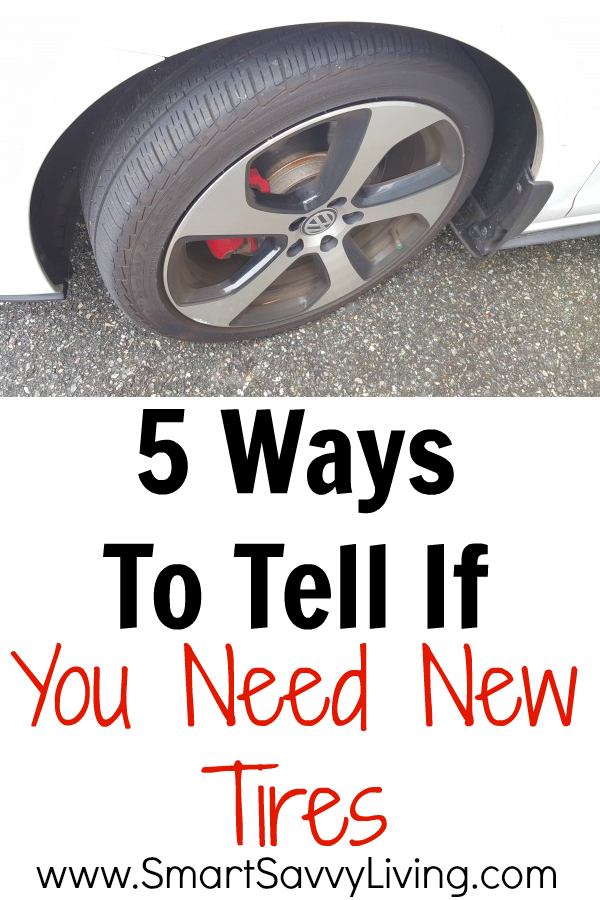 And unfortunately, there aren’t any regulations preventing stores from selling these old tires – it is legal.
And unfortunately, there aren’t any regulations preventing stores from selling these old tires – it is legal.
That’s why it’s extremely important to carefully inspect the tires you are buying for your vehicle, or you might end up getting dangerous tires that will need replacing a few days or weeks later!
Here’s a tip: the fine print on most tire treadwear warranties states the mileage limit and how old they are.
But if you buy an old tire and find this out later, you can’t do much about it.
So, as a rule of thumb, and for your safety, you shouldn’t buy tires that are older than 18 months.
How To Tell How Old New Tires Are?Even though you can’t always trust tire sellers, there’s still hope for you when you buy tires for your car.
Tire Manufacturing DateTire manufacturers are required to print the date of manufacture on their tires, even the exact week. This date is generally printed on the tire’s sidewall, but if you aren’t aware of it, you probably won’t find it.
But don’t worry; we’re here to help.
Tires manufactured after 2000 have a four-digit DOT code. In addition, you will see many circled blocks on the tire’s sidewall. These blocks have different numbers and letters inside them.
Look for a circled block with four numbers inside it.
If you can’t find it, look for a circled block with a ‘DOT’ on it – the correct block is usually around this area.
Once you locate it, start by reading the initial two numbers. They represent the week of manufacture of the tire.
Then look at the last two numbers; they are the last two digits of the manufacturing year.
Here’s an example: if the number is 4708, it means the tire was manufactured in the 47th week of 2008.
Is it Safe to Buy Old New Tires?A major factor in determining the safety of old new tires and how long they will last is the environment that they are exposed to.
For instance, if you reside in a warmer climate and don’t pay attention to the maintenance of your tires, they are bound to wear out quicker.
Hence it’s very important to keep the tires fully inflated throughout the year.
In terms of years, three-year-old new tires are considered safe.
However, that doesn’t give you the green signal to buy them since, after another three years, you’ll eventually need to replace these tires due to significant safety concerns.
Bottom line: when buying an old new tire, you can’t be sure of how well it was maintained and the conditions it was kept in.
You can determine its age as described above, but it’s an option better to avoid it completely.
Does an Unused New Set of Tires Become Unsafe on the Road?Unused new tires can last for about 6 to 10 years, depending on how well they were stored and the environmental conditions they were kept in.
Broadly speaking, the age limit for stored tires is more or less the same as for used tires.
However, official manufactures and the National Highway Traffic Safety Administration (NHTSA) claim that a tire can only be considered 100 percent safe to use till it turns 5 to 6 years old.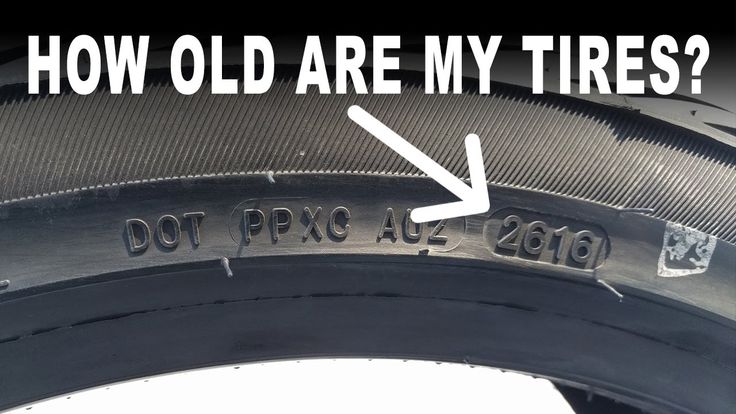
However, if checked regularly for issues after the 5th year, unused tires can be deemed safe to use for up to 10 years.
How Old Should New Tires Be When Installed?Most tires are less than a year old when they arrive at a shop. And the rubber compound immediately starts to deteriorate when they trundle off the manufacturer’s assembly line.
So as mentioned before, a tire must not be older than 18 months when you buy it for your vehicle.
Final ThoughtsUnfortunately, there is no protection or warning for customers purchasing an old new tire. So the best option to stay safe is to always check the tires’ age before buying it.
Also, remember to always check each tire individually – just because a single tire is newer doesn’t guarantee that all four will be as well!
Thanks for reading our article! We've written this article with a lot of thought and care. If you're interested in seeing more of our content, please check out our Tires section and find an answer to your questions!
If you're interested in seeing more of our content, please check out our Tires section and find an answer to your questions!
Tire age is a highly-debated topic in the car community, with many wondering whether they should buy new or used tires for their vehicle.
When you buy new tires, they should be at most 18 months old. It is best to buy tires less than one-year-old to experience as few issues as possible. Tires naturally break down as they age, regardless of whether or not they are used. Therefore, you can get ahead of normal wear and tear by purchasing new ones.
This article will explore why tire age is essential, how quality is determined, and what to consider when buying new tires.
Table Of Contents [show]
Customer looking at the manufacturing dates of the tires.
When you buy a new tire, it should be a year old at maximum.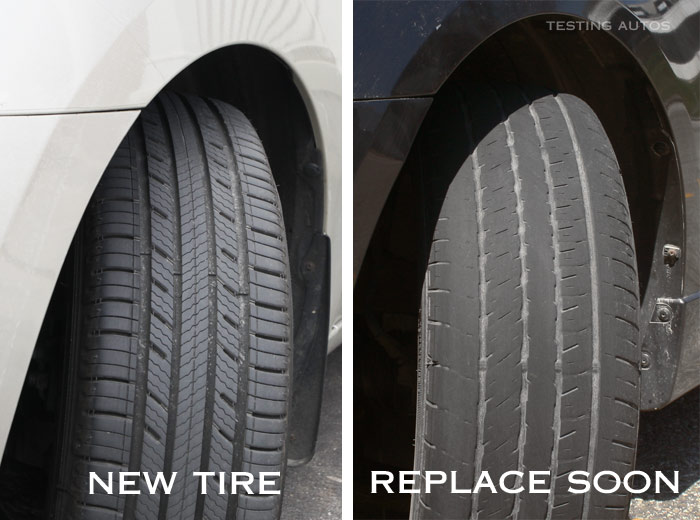 This is calculated from the time it leaves the manufacturer's assembly line, not from the day you bought it and put it on your vehicle.
This is calculated from the time it leaves the manufacturer's assembly line, not from the day you bought it and put it on your vehicle.
However, brand-new tires may not always be accessible. In this case, as long as they are at most 18 months, purchasing a set of tires older than one year is a good idea. Stored tires older than 1.5 years will lead to further expenses, as you will get less use out of them.
The last four digits of the tire manufacturing code represent the manufacturing date. The first two digits represent the week of the year, and the last two represent the year. For example, 4020 represents the 40th week in 2020.
4020 tire manufacturing code representing the 40th week in 2020. Three-year-old tires are not necessarily too old. The correct answer to this question depends on how the tires have been kept up and stored. A three-year-old tire can still be used as long as the tread is good and there is no dry rot or punctures.
However, if a tire has been kept in storage for more than one year without being rotated or aired up, it may not be as safe to use on your vehicle. Therefore, you should always check the tread on your tires before buying, and remember that tire age is determined by the manufacturing date, not the date of purchase.
You should never use tires with less than 2/32 inches of tread depth on the road because they don't have proper traction. These dangerous tires can cause you to lose control and hydroplane when water gets trapped between the tire and the road surface.
If you reside in a region with extreme weather conditions, your tires may age more quickly and need replacement much sooner. For example, those who live in a warmer climate may need special summer tires for safe driving throughout the year.
5-year-old tires are perfectly fine to be driven if you properly maintain them. However, remember that the rubber is less elastic than when it was new, and the tread will likely be worn down and smoothed out. This reduces traction on wet and slippery surfaces.
This reduces traction on wet and slippery surfaces.
Tires that are seven years old are still good in certain conditions. Generally, it would be best if you replaced your tires every six years past the manufacture date at maximum. However, you can safely use them for up to ten years if they're properly maintained and in good shape.
Older tires may become brittle over time, leaving more room for cracks. In addition, the treads may begin to separate from the casing, presenting a blowout risk while driving on the highway.
If the material turns hard or crumbly, there will no longer be a protective layer between you and the road, leading to more significant traction loss over time.
Dry rot can also affect older tires. Water and other fluids seep into the casing through tiny holes, making it heavier than normal. This can lead to future blowouts. In addition, tires with dry rot usually show bubbles on their surface or peel off their outer layers.
When driving with such tires, it's wise to travel with spare tires in the event of a breakdown. The last thing you want is to break down on the side of the road with one tire flat or blown out.
Your brand-new tires may look old because new tires are made with a protective coating called "plasticizer," which prevents fading in the sun. Unfortunately, as soon as you drive your car on the new tires, they start losing this protective coating, causing them to look worn out like an older tire.
Most people expect new tires to be bright and shiny, only to find their new rubber looks old and faded straight out of the box. Another reason is that tires are made from natural rubber derived from latex.
The process used to make tires takes about 30 days, and during that time, the rubber is stressed by stretching, heating, and cutting it. All of these processes cause the material to become less flexible than when it was first created.
So what does this mean for you? If you buy cheap tires that aren't made of high-quality materials, they will age quickly, regardless of whether they're new. As a result, if you're considering purchasing a set of inexpensive tires, be aware that they will probably start to look worn after just a few months of use.
1221 tire manufacturing code representing the 12th week in 2021.New tires are considered old if the treads are worn down more than 50%. The depth of the treads is measured by how flat the tread surface is relative to how much the original depth remains. A tire worn down 50% has only half as much rubber left on it as when it was new.
The sidewall will show signs of cracking or tearing. The tire's sidewall is the portion that extends from top to bottom along the tire's outer border. This area does not have tread on it like other parts of the tire, but an outer rubber coating over some underlying steel wires gives it strength.
As a result of exposure to UV light from sunshine and other sources, this coating ages and eventually becomes brittle.
New car tires wear out so fast because the rubber compound used in modern tires doesn't last as long as it used to. So instead, it's stronger, which means it can handle more force from the road, but it also wears out faster.
It's not just the rubber; the tread pattern has changed too. Tread patterns are designed to shed water and increase traction on wet roads but make for more rapid wear on dry roads.
The solution is to use a tire sealant like Fix-A-Flat, Slime like Tire Life Tire Shine, or Protect Tire Inflator/Cleaner before you head out on your next trip. If you're going far away, take a spare tire with you just in case something happens. The last thing you want is to be stuck in the middle of nowhere with the need to replace your tire.
If your vehicle calls for a compact spare tire instead of a full size, check with a local tire shop or another location that sells tires to see if they have one available.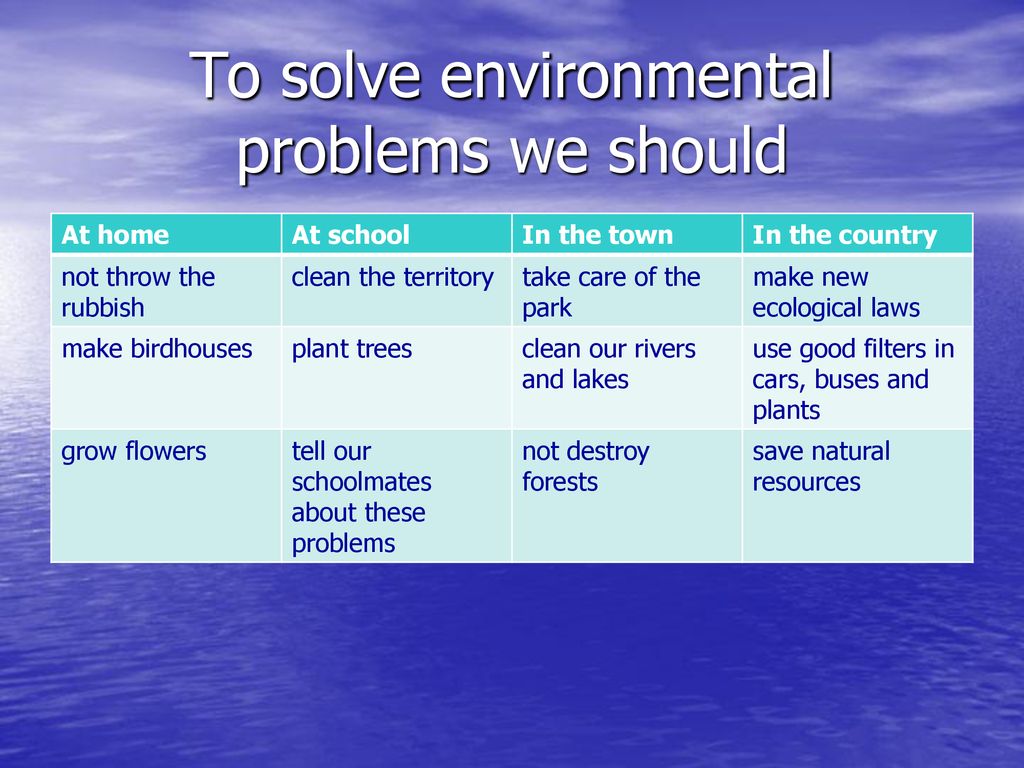
Many people underestimate the big deal of their tires' age and how long you should use them before they need to be replaced with new ones.
When purchasing new tires, please pay special attention to the date of manufacture (when the tire was made) and ensure they are properly inflated.
In addition, the date code, treadwear warranties, and fine print should be major factors when buying tires.
How old new tires should be all comes down to personal preference.
Tire manufacturers typically suggest replacing them every six years, as tires older than this can present safety issues for cars.
However, if maintained properly, they can last a few years longer without needing to replace.
Understanding when a tire was made will help you make the right purchasing decision. Just be sure to do your safety research before you get on the road.
0003Related materials
7 rubber signals: what the tire says about car problems
How do you know when tires are completely worn out and it's time to change them? Everything is simple.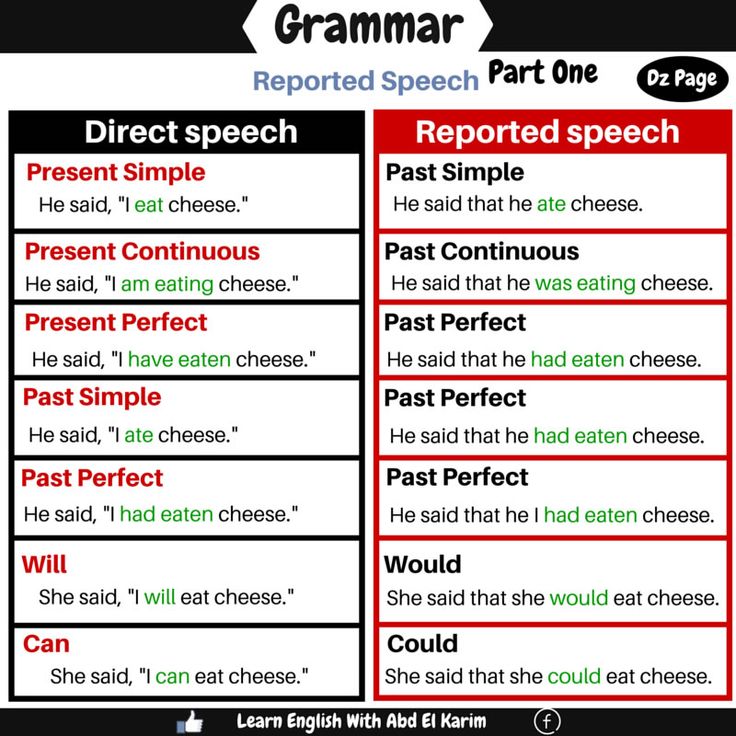 For summer tires, the limit is 1.6 mm of residual tread depth, and for winter (or all-season tires used in winter) - 4 mm. Modern summer tires can travel from 40,000 to 70,000 km, depending on driving style and vehicle characteristics. An average motorist rolls such a mileage on summer tires in 2-3 seasons. Moreover, wear implies not only a decrease in tread depth. For millions of cycles of deformation, the strength of the carcass and its adhesion to the layers of the rubber compound are violated. In short, every 2-3 years you should buy a new set of tires. nine0003
For summer tires, the limit is 1.6 mm of residual tread depth, and for winter (or all-season tires used in winter) - 4 mm. Modern summer tires can travel from 40,000 to 70,000 km, depending on driving style and vehicle characteristics. An average motorist rolls such a mileage on summer tires in 2-3 seasons. Moreover, wear implies not only a decrease in tread depth. For millions of cycles of deformation, the strength of the carcass and its adhesion to the layers of the rubber compound are violated. In short, every 2-3 years you should buy a new set of tires. nine0003
In case of irreparable damage to one of the tires and a relatively high total mileage of the kit, it is also worth considering replacing it. Well, or about buying at least a pair of new tires, which, for any type of drive, should be installed on the front axle. We put two tires back - the most decent of the remaining ones.
Many motorists drive only a few thousand kilometers a year. This does not mean that the tires will serve you for several decades. According to Russian requirements (GOST 4754-97), the service life of passenger car tires is 5 years from the date of manufacture. And for example, Continental recommends that all car tires (including the spare tire) older than 10 years old should be replaced with new ones. Therefore, with small runs, you can navigate for ten years. The date of manufacture of the tire is indicated on the sidewall. Usually it is an oval with four numbers. The first two are the ordinal number of the week in the year, the last two indicate the year.
This does not mean that the tires will serve you for several decades. According to Russian requirements (GOST 4754-97), the service life of passenger car tires is 5 years from the date of manufacture. And for example, Continental recommends that all car tires (including the spare tire) older than 10 years old should be replaced with new ones. Therefore, with small runs, you can navigate for ten years. The date of manufacture of the tire is indicated on the sidewall. Usually it is an oval with four numbers. The first two are the ordinal number of the week in the year, the last two indicate the year.
Related materials
How to change the car yourself - detailed instructions
Tires should be rotated periodically in accordance with the vehicle manufacturer's recommendations - information on this can be found in the owner's manual.
We can advise you to carefully use the tires and, most importantly, to store them correctly in the off-season. First of all, during storage, it is important to exclude direct sunlight from hitting the tires, which greatly age the rubber. Tires without rims should be placed vertically, and stacked on rims. nine0003
First of all, during storage, it is important to exclude direct sunlight from hitting the tires, which greatly age the rubber. Tires without rims should be placed vertically, and stacked on rims. nine0003
And before installing tires on a car at the beginning of the season, evaluate their condition. There should be no cracks in the tread and sidewalls. The tire should not be dry, it should remain rubbery and not look like baked plastic.
Related materials
Driving on badly worn tires - will I be fined or not?
Winter tires have a much shorter life span. They almost always fail due to the wear of the treadmill, because the tread of a new tire is 7–8 mm, and only 3–4 mm remain working height. If the tires are studded, then with such wear there are very few metal elements left, and the tire will not provide adequate safety when driving on a winter road. However, not only spikes, but also Velcro, with such a degree of wear, also lose most of their capabilities. nine0003
However, not only spikes, but also Velcro, with such a degree of wear, also lose most of their capabilities. nine0003
The real life of winter tires rarely exceeds 30,000 km. "Bald" winter tires without studs can be re-rolled in summer, but their grip on hot road surfaces will be very poor. This must be taken into account, especially when braking.
***
So: tires that have not yet worn out along the tread (that is, up to 1.6 mm tread depth for summer tires, 4 mm for winter tires) are changed either ten years after the date of issue, or when the rubber layer cracks tires or damage. nine0003
Our new video
Why do I choose a used Vesta, not a new grant: 5 arguments
The first test of the Chinese Dongfeng EC35 (video)
Niva and UAZs became the best gift for the fighters of
? Subscribe and you will always be in the know!
Driving in Zen
News smi2. ru
ru
Tires not fresh. As absurd as it may sound, the question of the release date of tires worries some buyers. In garages and tire shops, they answer the question in completely different ways - does the year of rubber production affect the quality of the tire? To be honest, probably not. Let's figure it out.
How to determine the year of manufacture of rubber? The manufacturer indicates the week and year of manufacture on the tire on the inner circle near the bead ring. 4 numbers in an oval - what we are looking for. For example, 4317 means that the tires left the assembly line in week 43 of 2017. It turns out, around October. In accordance with standards and common sense, you can absolutely safely buy new tires that were released 3-4 years ago. The manufacturer sets a warranty period. Usually it is 5 years. The service life can be much longer. nine0104
Yes, many tire manufacturers have tested new tires on par with 3 year olds at their test centers. Michelin's 2018 study received the biggest response. Rubber was tested in Asia, Europe and proved that new and three-year tires are one and the same. The result of the experiment was the advertising campaign “Tyres are not bananas” and the conclusions: three-year-old tires from the warehouse are no different from new ones, and the real life of high-quality tires is up to 10 years from the date of production. nine0003
Michelin's 2018 study received the biggest response. Rubber was tested in Asia, Europe and proved that new and three-year tires are one and the same. The result of the experiment was the advertising campaign “Tyres are not bananas” and the conclusions: three-year-old tires from the warehouse are no different from new ones, and the real life of high-quality tires is up to 10 years from the date of production. nine0003
Right. And in their research, Michelin experts spoke only about their tires, subject to strict adherence to the rules for long-term storage. In our country, everyone is guided by the norms and recommendations of GOST. It regulates the period during which the manifestation of defects is excluded - 5 years. During this period, they are considered new and are subject to sale in the usual way.
A visual inspection is sufficient for this. For example, you decide to buy tires in Yekaterinburg or Nizhny Tagil. And you are offered four-year tires, explaining this by the total supply of such a batch to the Urals. Examine each carefully. The main beacons are surface integrity and color.
For example, you decide to buy tires in Yekaterinburg or Nizhny Tagil. And you are offered four-year tires, explaining this by the total supply of such a batch to the Urals. Examine each carefully. The main beacons are surface integrity and color.
1. Exclude the presence of microcracks, even single ones - this is an indicator that the rubber has begun to dry for some reason.
2. The color of the tires should be a rich black, without whitish streaks and faded areas. nine0104 3. If you really want to, you can try on the wheel at the tire shop at the store. Rubber should remain intact, not give microcracks and require standard balancing.
In 99 cases out of 100, this will be the case. A quality tire may not show signs of aging after 5 years of proper storage. This is only possible with manufacturing defects.
No one has done exact research, but marketing is most likely to blame. In order to stimulate sales of new tires, it is logical to convince the client that it is dangerous to ride on old ones.